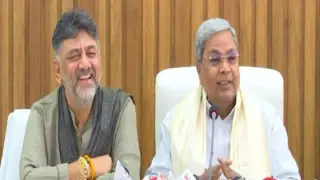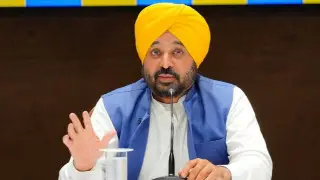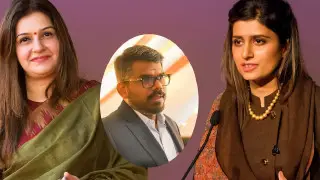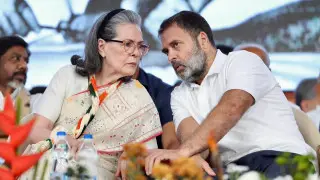
50 Years of Emergency (Social Media)
National News: Nearly half a century ago, on the fateful night of June 25, 1975, Indian democracy entered one of its most turbulent chapters. While the nation slept, a sweeping and controversial decision was taken—a nationwide emergency was imposed, marking a turning point in India's post-independence history. Then Prime Minister Indira Gandhi, acting on the counsel of President Fakhruddin Ali Ahmed, brought the entire nation under emergency rule.
This wasn't just a political maneuver; it was widely viewed as an assault on the democratic soul of the Indian Constitution. Basic freedoms were curtailed, civil liberties suspended, and opposition voices muted—ushering in an era where governance stood above accountability.
The spark came from a legal setback. Raj Narayan, a socialist leader who had contested against Indira Gandhi in the Rae Bareli constituency, filed a case accusing her of using unfair means in the 1971 election. The Allahabad High Court, on June 12, 1975, found her guilty of electoral malpractice and invalidated her election.
Although the Supreme Court later allowed her to continue as prime minister, it restricted her from voting in Parliament. The ruling ignited unrest, and the political temperature of the country began to rise rapidly.
Just a day after the Supreme Court’s ruling, on June 25, veteran leader Jayaprakash Narayan addressed a massive crowd at Ramlila Maidan in Delhi. Calling for "Sampoorna Kranti" (Total Revolution), he urged citizens, especially those in the armed forces and police, to resist any immoral or unconstitutional orders.
This powerful appeal unsettled the ruling establishment. Sensing a growing threat to her leadership, Indira Gandhi, after consulting with West Bengal Chief Minister Siddhartha Shankar Ray, moved forward with the Emergency proclamation, citing internal security threats.
The Emergency, which lasted from June 1975 to March 1977, led to
By early 1977, the political pressure had mounted. On January 18, Indira Gandhi announced general elections and ordered the release of political detainees. The Emergency officially ended on March 21, 1977.
The elections that followed led to a dramatic shift in power. The Janata Party came to power with a sweeping mandate, and Morarji Desai became India's first non-Congress Prime Minister on March 24, 1977.
Despite its impact, the Emergency was for long excluded from academic curricula. It was only in 2007 that NCERT books began to include references to the period. However, during the COVID-19 curriculum reductions, parts of these chapters were once again trimmed—limiting the younger generation’s exposure to this historic episode.
Date Event
January 1966 Indira Gandhi becomes Prime Minister
June 12, 1975 Allahabad High Court disqualifies her election
June 24, 1975 Supreme Court grants partial relief
June 25, 1975 Emergency declared across the country
September 1976 Sterilization campaign begins under Sanjay Gandhi
January 18, 1977 Indira Gandhi calls for fresh elections
March 21, 1977 Emergency officially ends
March 24, 1977 Morarji Desai sworn in as Prime Minister
The Emergency remains a powerful lesson about the importance of safeguarding democratic values. It proved that democracy is not just about voting but about constant vigilance, civil liberty, and holding those in power accountable. Every generation must remember: a democracy thrives not on authority, but on awareness.













Copyright © 2025 Top Indian News
